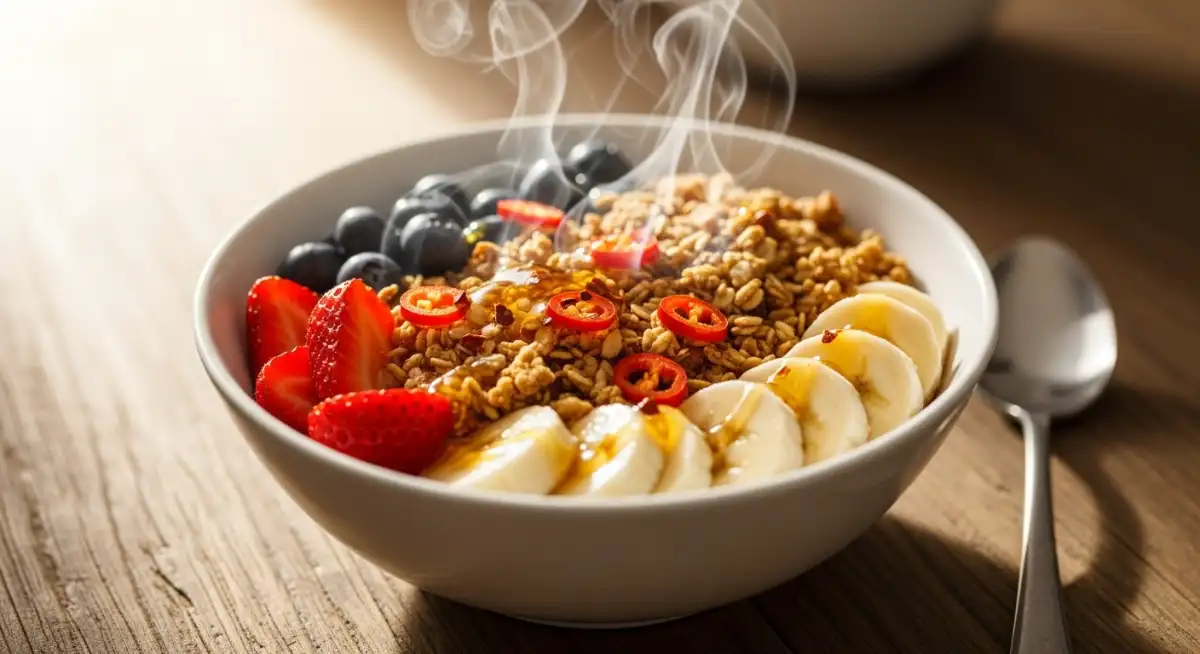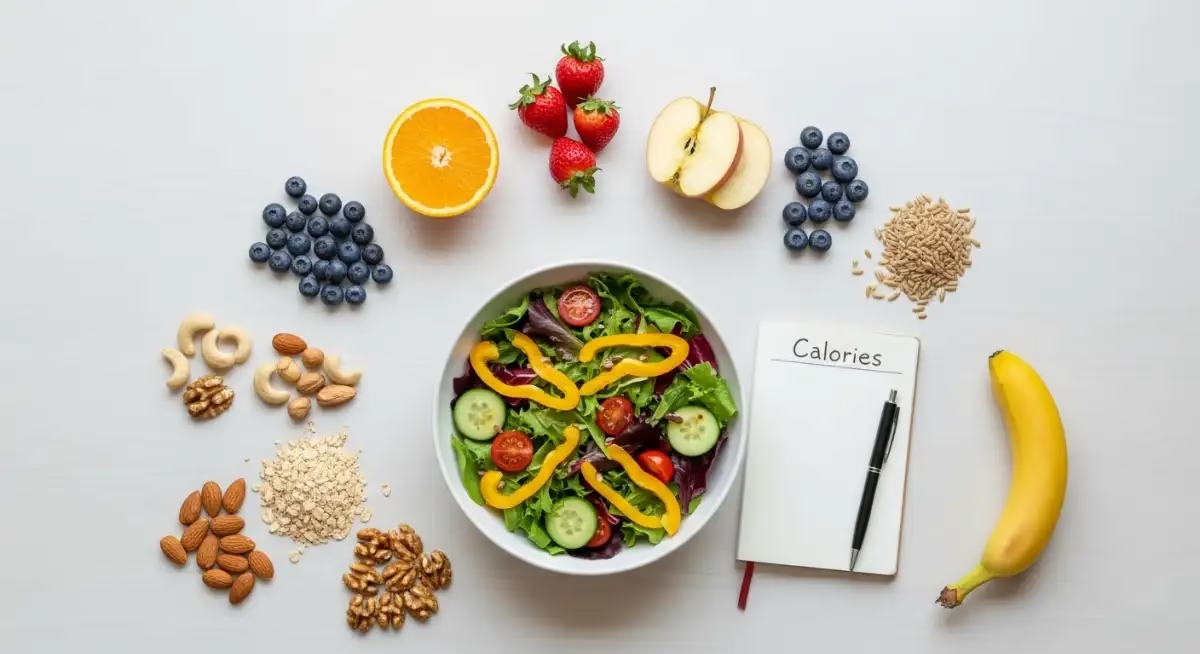How to Lose Weight Fast: 9 Proven Tips That Actually Work
Losing weight quickly is a common goal, especially when you’re preparing for a big event or aiming to kickstart a long-term healthy lifestyle. If you’re searching for how to lose weight fast in a healthy, sustainable way — you’re in the right place.
In this guide, we’ll explore science-backed strategies, expert insights, and practical tips tailored for quick yet safe weight loss, all while targeting readers in the USA.
1. Set Realistic Weight Loss Goals
Start by defining what “fast” weight loss means for you. A realistic, safe target is losing 1–2 pounds per week.
- Avoid crash diets — they often lead to weight regain.
- Use the SMART goal-setting method: Specific, Measurable, Achievable, Relevant, and Time-bound.
- Consider your current weight, health status, and lifestyle.
2. Eat a High-Protein, Low-Carb Diet
High-protein diets help increase satiety and reduce cravings, while low-carb plans reduce insulin levels and burn stored fat.
Benefits of Protein in Fat Loss
- Boosts metabolism (thermic effect of food)
- Preserves muscle mass while losing fat
- Reduces appetite hormones (like ghrelin)
Low-Carb Foods You Can Start With
- Eggs and lean meats
- Broccoli, spinach, zucchini
- Greek yogurt, cottage cheese
- Almonds, walnuts, chia seeds
📝 For more healthy, protein-packed foods, check out this delicious Greek Bean Cucumber Salad with Lemon Herb Dressing – a low-carb delight!
3. Increase Water Intake to Burn Fat Faster
Drinking more water is one of the easiest ways to speed up weight loss.
Water Before Meals
- Drinking water 30 minutes before meals can help reduce appetite.
- A study found that people who drank water before meals lost 44% more weight over 12 weeks.
How Much Water Should You Drink?
- At least 2–3 liters per day (around 8–10 cups)
- Add lemon or cucumber slices for detox benefits
4. Incorporate Intermittent Fasting
Intermittent fasting (IF) is a powerful tool to reduce calorie intake and improve metabolism.
Types of Intermittent Fasting
- 16/8 Method: Fast for 16 hours, eat within 8 hours
- 5:2 Diet: Eat normally 5 days, restrict calories for 2 days
- Eat-Stop-Eat: 24-hour fast once or twice a week
Who Should Avoid Fasting?
- Pregnant or breastfeeding women
- People with diabetes or eating disorders
- Always consult a doctor before starting
5. Add More Fiber-Rich Foods to Your Diet
Fiber improves digestion, keeps you full longer, and supports gut health.
Soluble vs Insoluble Fiber
- Soluble Fiber: Slows digestion (e.g., oats, apples)
- Insoluble Fiber: Speeds up digestion (e.g., whole wheat, veggies)
Top Fiber Foods
- Avocados
- Berries
- Lentils
- Chia seeds
- Broccoli
👉 Check out these 5 Fruity Friends for Weight Loss — they’re fiber-packed and perfect for snacking!
6. Engage in Regular Physical Activity
Exercise helps create a calorie deficit, tones muscles, and boosts overall metabolism.
Strength Training vs Cardio
- Strength Training: Builds lean muscle, increases resting metabolism
- Cardio: Burns more calories per session, especially HIIT (High-Intensity Interval Training)
Best Exercises for Quick Fat Loss
- Brisk walking or jogging
- Cycling or elliptical
- Bodyweight exercises (push-ups, squats)
- 20-minute HIIT workouts, 3–4 times a week
7. Get Adequate Sleep and Manage Stress
Lack of sleep and stress leads to overeating and weight gain.
Sleep’s Role in Weight Loss
- Aim for 7–9 hours per night
- Poor sleep lowers metabolism and raises hunger hormones
Stress and Emotional Eating
- Practice mindfulness and deep breathing
- Journaling, yoga, or spending time outdoors can help
8. Cut Down on Sugar and Refined Carbs
Refined carbs and sugar spike insulin and increase fat storage.
Hidden Sources of Sugar
- Flavored yogurts
- Granola bars
- Packaged fruit juices
- Pasta sauces
Healthier Alternatives
- Swap soda for infused water
- Choose steel-cut oats over sugary cereals
- Use stevia or monk fruit instead of sugar
9. Keep a Food Journal or Use a Tracking App
Awareness is key when you’re trying to lose weight fast.
Benefits of Tracking Your Meals
- Understand portion control
- Spot unhealthy patterns
- Stay accountable
Top Weight Loss Apps in the USA
- MyFitnessPal
- Lose It!
- Noom
- Cronometer
Bonus Tip: Add Superfoods That Support Weight Loss
Certain foods naturally boost metabolism and reduce fat accumulation.
Fresh Fruits & Salads
Incorporate fruits like:
- Grapefruit
- Apples
- Berries
- Kiwi
🥗 Salads like the Greek Bean Cucumber Salad are light, tasty, and low in calories.
🫐 Discover 5 Fruity Friends for Weight Loss to complement your diet and curb your sweet tooth naturally.
Frequently Asked Questions (FAQs)
Q1. What is the fastest healthy way to lose weight?
A: Combining a high-protein diet, calorie deficit, regular exercise, and hydration yields the fastest and healthiest weight loss results.
Q2. Can I lose weight without exercise?
A: Yes, through dietary changes and calorie restriction, but adding exercise improves long-term success and muscle tone.
Q3. Are weight loss supplements effective?
A: Most aren’t FDA-approved. It’s safer to focus on whole foods and lifestyle changes unless prescribed by a doctor.
Q4. How quickly can I lose 10 pounds?
A: It’s realistic to lose 10 pounds in 5–6 weeks with consistent effort and a calorie deficit of 500–1000 per day.
Q5. How much water should I drink daily for weight loss?
A: Aim for 2–3 liters daily, or more if you’re active or in hot climates.
Q6. Is intermittent fasting safe?
A: It’s generally safe for healthy adults but may not be suitable for pregnant individuals, people with diabetes, or those with underlying medical conditions.
Conclusion: Your Fast-Track to a Fitter You
Losing weight fast doesn’t mean starving yourself or following extreme fads. With the right balance of nutrition, hydration, movement, and mindset, you can achieve quick, sustainable weight loss — safely and effectively.
Take action today. Start small. Choose whole foods, drink more water, and get moving. Your transformation begins with one step.







